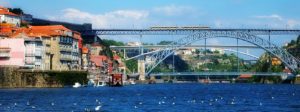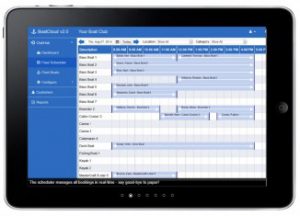To coach a skill such as rowing you need a technical model.I have such a model which is a result of all my rowing and the things I’ve learned from all the fantastic rowers and coaches and coachesI don’t pretend it’s anything new or different.It’s close to standard New Zealand rowing.
This is presented in the Rowing Stroke Description document (in the resources list at the bottom of the page). This is a description of how the rowing stroke looks from outside the boat, of how it feels for the athlete and some check points that you can measure and compare.
My approach to coaching rowing
My approach to coaching is that we should teach good rowing and better rowing.Most people spend time correcting faults, I try not to.I try to teach good rowing.
So, when I approach a crew, I look at how the boat is moving first. This may involve stopwatches and speed measurements if it’s a performance crew e.g prognostic timesspeed measurement, regatta results etc.
When you first meet the crew follow these steps in order
- always start by looking at the boat
- second step is to look at the blades
- the third step is to look at the bodies.
After watching the crew and making an assessment of how the boat is moving, I decide where in the stroke cycle the best point to intervene is. What will gives the best bang for our buck?A better finish, catch, drive, better co-ordination between the crew members?
Then, if I have decided that the finish is the sticking point at the moment, I compare the behaviour of the boat, blades and athletes to how they should be at the finish in my model.Then I can see and decide, what is missing, what can be done better and what is needed to make that improvement.
Do I need to re-rig the boat? For example if someone is having trouble with the blade in the water, is the pitch wrong? Is the boat adjusted properly?Is the athlete at the correct position at the finish, are the handles at the right height so she can finish correctly? If the boat is set up so the athlete can finish properly, then does the athlete have the physical attributes – strong enough to sit properly, to execute the finish?Lastly, what skill doesn’t she have?I then set about trying to teach her the necessary skill.Note that the skill acquisition is at the end of a long chain of pre-requisites.
If the boat is well rigged, if the athlete is strong enough and fit enough then she can learn the skill and execute it.
We don’t correct faults, we teach good skills.
How to use the document and video
The video and two documents are intended to be helpful.The stroke description is quite formal and talks about the perfection we are looking for.The technique presentation gives examples at each stage of the stroke of what the model suggests; what you can look for to see if the crew matches the model; what the pre requisites are to achieve this; and ways of practicing to improve this skill.
I believe the most important message is in the 4 step method, not in the detail.Make your own decisions about your own model.Find your own ways to practice new skills.
Further Resources
- Download Duncan Holland’s rowing stroke description
- Download the Rowing Technique presentation by Duncan Holland
- Hire Duncan Holland to coach the rowing coach (by the hour)







